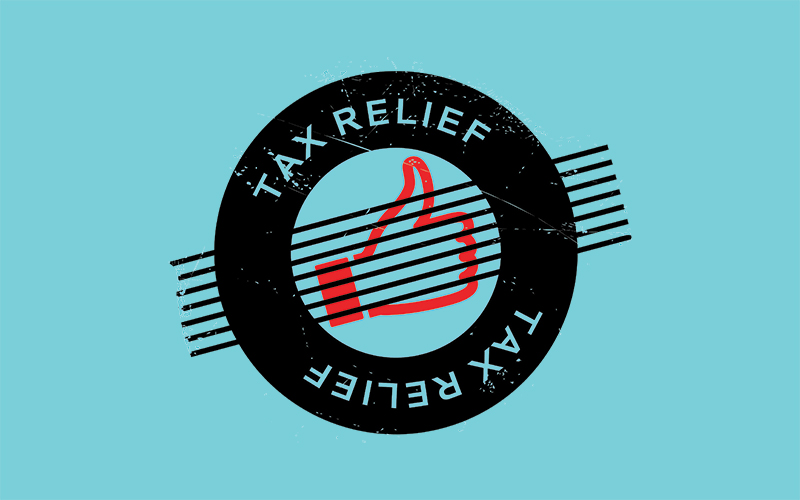We here at Aspiring Accountants think of accounting as somewhat akin to detective work. It involves thorough investigation, inference and an excellent understanding of accountancy practices. Today we look at a principle that requires some creative thought, mental deduction and, if done correctly, could save clients large amounts: the Roll-over Relief.
Roll-over Relief is a form of capital gains deferral that revolves around the selling and purchasing of companies assets. So what type of assets are included in the Roll-over Relief? I’m glad you asked.
You can expect buildings (or parts of buildings), land and machinery, alongside spacecrafts, satellites and space stations (yes, really). You can find a full list of applicable assets on gov.uk.
So how exactly does the system work?
So your client wants to sell an asset and reinvest the entire sale price back into the company. The client wants to know if she can avoid paying capital gains tax on any profit from any profit made on the sale and instead use the money to grow the company. Let’s take a look at a few examples:
Example 1
Katy runs a publishing company. The business is in a purple patch and needs extra space to accommodate 100 new members of staff and 3 new printing press machines (she’s a traditionalist). Katy sells her office space for £2,000,000 (original cost of £1,000,000) and buys a new office space for £2,000,000 (3 deductable printing presses inclusive). There’s a considerable gain of £1,000,000 in the sale of the original office which is liable for capital gains tax, but as Katy has invested the entire sale (including profit) into her new office she does not have to pay the capital gains tax. Roll-over Relief allows businesses to defer (or roll over) the capital gains tax on the sale if the entire sale is reinvested in new company assets. In Katy’s example, the entire sale was reinvested, so the capital gain will be deferred until the sale of the new office space.
Example 2
Anna’s trendy bookshop in Central London has suddenly become a prime location for tech businesses. Her initial investment on the property was just £100,000; the property is now worth a whopping £1,000,000 – that’s a £900,000 profit. She decides to sell and invest in a bigger property in a different area. The new location will cost £300,000. So £600,000 is liable to capital gains tax as it has not been reinvested in the business, however, £300,000 can be rolled over meaning the new building will cost £0.
£600,000 of the chargeable gain cannot be rolled over as it is not invested in the business; however, the base cost of the office building will be £0 (£300,000 cost of building – (£900,000 gain – £600,000 non-deferrable)). The gain on the old assets’ cost is reinvested into the new building is, therefore, deferred until the sale of the new asset.
Clever accountants will know that, if you turn enough stones, you’re certain to find applicable assets where the sale has been reinvested in the company. It’s an accountant’s job to find assets where all conditions have been met. These conditions are:
- The new asset must be used only for the purpose of the business and
- The new asset must be acquired either within the 12 months prior to the sale of the old asset or within the 36 months after the sale of the old asset.
Level 4 AAT students should be well versed in Roll-over Relief as questions regarding this type of capital gains deference may be included in the Business Tax module. If you’re interested in studying accounting, get in touch today to discuss your options.


















